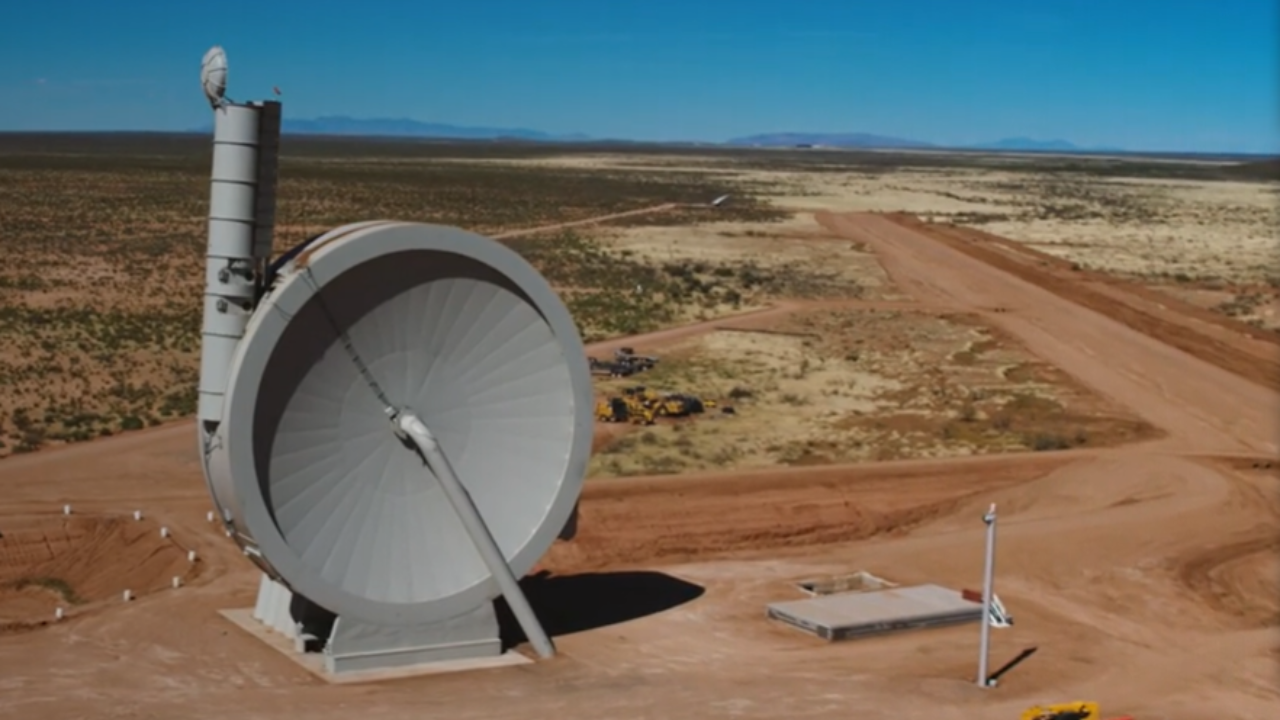NEW DELHI: SpinLaunch is revolutionising satellite launches by utilising a massive rotating arm that harnesses kinetic energy to propel 440-pound satellites into low Earth orbit without the need for rocket fuel. The company has already conducted successful tests, with founder and CEO Jonathan Yaney saying, “This is not a rocket, and clearly our ability to perform in just 11 months this many tests and have them all function as planned, really is a testament to the nature of our technology.” SpinLaunch aims to launch constellations of satellites at altitudes below 600 miles by 2026.
Satellites play a crucial role in monitoring Earth’s health, including the detection of polluting methane leaks. A more environmentally friendly method of launching them is an exciting development for the scientific community.
The concept of using kinetic energy to launch objects has been employed by humans for centuries, with trebuchets and siege machines being historical examples. Today, pumpkin chucking contests, also known as Punkin Chunkin, continue to be a popular way to demonstrate the principles of kinetic and potential energy physics.
SpinLaunch’s device resembles a giant upright disc with a cylindrical barrel pointing skyward. The 108-foot-long rotating arm spins at an impressive 5,000 miles per hour to achieve optimal launch conditions, with the vehicle reaching speeds of up to six times the speed of sound. The company attributes its success to advancements in low-cost, high-strength carbon fibre and miniature electronics, which enable satellites to withstand the kinetic launch environment, including a vacuum and rapid acceleration.
Since its founding in 2014, SpinLaunch has raised tens of millions of dollars in funding and collaborated with organizations such as Nasa, Airbus, and Cornell University. The technology has demonstrated its resilience by enduring forces up to 10,000 times Earth’s gravity. If proven reliable, SpinLaunch’s system could significantly reduce the amount of fuel required for spacecraft launches, which is particularly important given the growing concerns about the impact of increasing launch frequencies on the ozone layer.
Looking ahead, SpinLaunch plans to establish a coastal orbital launch site to further develop its technology. Yaney expressed confidence in the system’s reliability, saying, “It has proven that it’s a system that is repeatedly reliable.” As the company continues to innovate and refine its approach, it has the potential to revolutionise the satellite launch industry while minimising its environmental impact.
Satellites play a crucial role in monitoring Earth’s health, including the detection of polluting methane leaks. A more environmentally friendly method of launching them is an exciting development for the scientific community.
The concept of using kinetic energy to launch objects has been employed by humans for centuries, with trebuchets and siege machines being historical examples. Today, pumpkin chucking contests, also known as Punkin Chunkin, continue to be a popular way to demonstrate the principles of kinetic and potential energy physics.
SpinLaunch’s device resembles a giant upright disc with a cylindrical barrel pointing skyward. The 108-foot-long rotating arm spins at an impressive 5,000 miles per hour to achieve optimal launch conditions, with the vehicle reaching speeds of up to six times the speed of sound. The company attributes its success to advancements in low-cost, high-strength carbon fibre and miniature electronics, which enable satellites to withstand the kinetic launch environment, including a vacuum and rapid acceleration.
Since its founding in 2014, SpinLaunch has raised tens of millions of dollars in funding and collaborated with organizations such as Nasa, Airbus, and Cornell University. The technology has demonstrated its resilience by enduring forces up to 10,000 times Earth’s gravity. If proven reliable, SpinLaunch’s system could significantly reduce the amount of fuel required for spacecraft launches, which is particularly important given the growing concerns about the impact of increasing launch frequencies on the ozone layer.
Looking ahead, SpinLaunch plans to establish a coastal orbital launch site to further develop its technology. Yaney expressed confidence in the system’s reliability, saying, “It has proven that it’s a system that is repeatedly reliable.” As the company continues to innovate and refine its approach, it has the potential to revolutionise the satellite launch industry while minimising its environmental impact.
